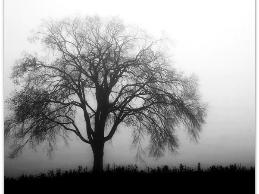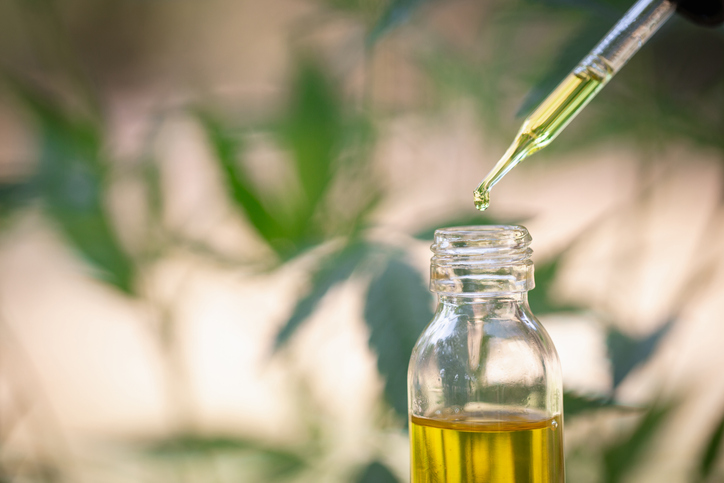As I was driving on the interstate this past week, I couldn’t help but notice that most of the trees had lost their leaves. The beautiful reds, yellows, and oranges have slowly become bare branches. This, along with the slowly declining temperatures means one thing…winter is coming. Winter has its own excitement with the holidays and many traditions; however, at times it tends to bring with it feelings of dread. Winter means snow, ice, and for those of us in daylight savings time, shorter days. It’s easy to feel not ready and sad as the warm days leave us. But for some people, these feelings can be more intense than others.
Seasonal Affective Disorder (SAD) is a form of depression that comes and goes with the change in seasons. SAD is most common in the winter months starting in the beginning of fall and peaking in December, January, and February (Mental Health America).
Common symptoms include:
- Irritability and stress intolerance
- Decreased energy
- Oversleeping
- Fatigue
- Changes in weight
- Difficulty concentrating
- Changes in appetite
- Decreased interest in daily activities, sex, and social interactions
- Feelings of hopelessness or worthlessness
While the cause of SAD is unknown, it is believed that the reduced level of sunlight during the winter months disrupts the body’s internal clock (circadian rhythm), as well as the body’s levels of serotonin and melatonin (Mayo Clinic). This can impact sleep patterns as well as mood.
According to the Mayo Clinic, there are certain factors that increase an individual’s risk for SAD. These risk factors include:
- Being female
- Age – onset typically between the ages of 18 and 30
- Family history of SAD
- Having depression or bipolar disorder
- Living far north or south of the equator- it is said to be rare in those who live within 30 degrees of the equator
Treatment for SAD can include prescription medications that fall within the same family of drugs that help treat depression. These types of drugs are typically non-sedative selective serotonin reuptake inhibitor (SSRI) drugs.
Another type of treatment is phototherapy. This type of therapy includes exposure to high intensity bright lights such as sun lamps or sun boxes. These forms of light are often portable and can easily be placed on a desk or table in a work area. They also can be used at home to simulate natural light and help reduce fatigue and feelings of depression.
Additional information regarding SAD as well as a variety of light products can be found at this Consultants’ Corner.
JAN also offers information on accommodating individuals with various types of depression in the workplace — Accommodation Ideas for Depression.
While the winter months can bog us down with gray skies and cold weather, make sure to find time these next few months for things you enjoy. Whether it’s spending time with family and friends, planning a ski trip, or curling up on the couch with a good book and some hot chocolate, don’t forget to take time for yourself. Spring will be here before we know it!
Resources:
Mayo Clinic – Seasonal Affective Disorder (SAD)
Mental Health America – Seasonal Affective Disorder (SAD)










